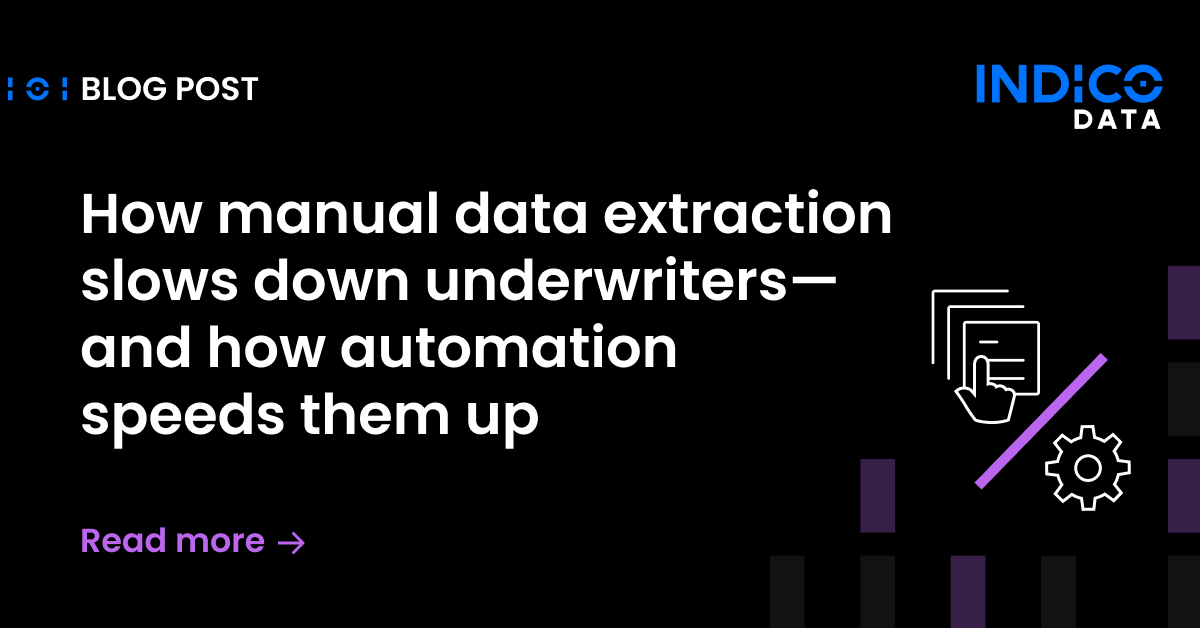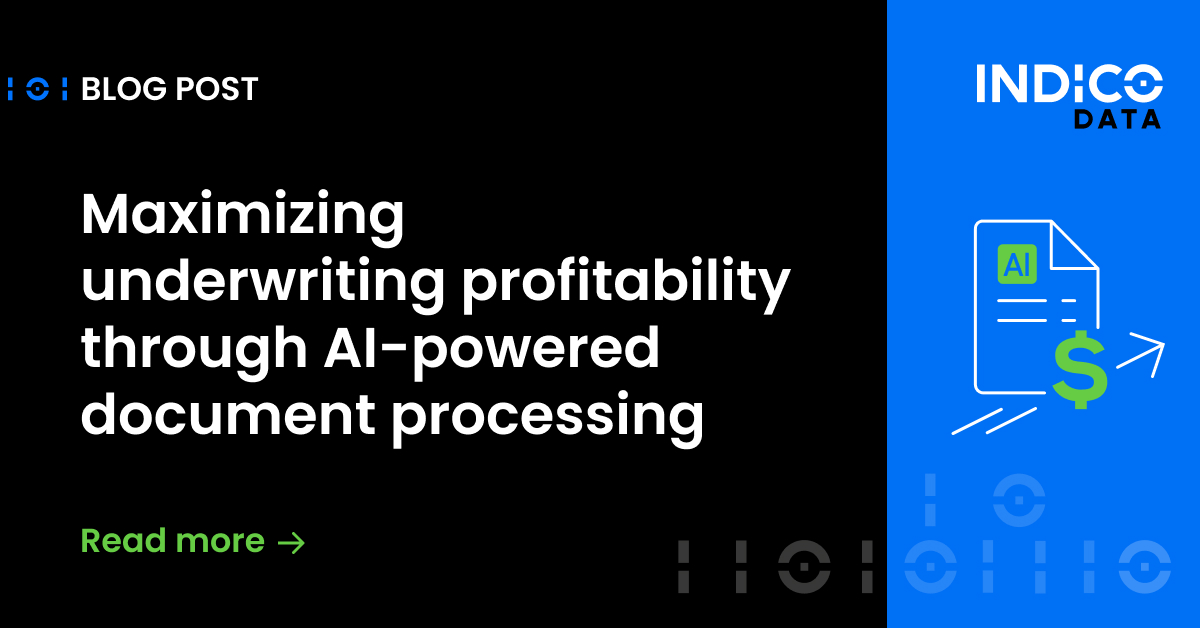U.S. banks have been suffering a bout of inefficiency of late, as evidenced by efficiency ratios headed in the wrong direction. Steps need to be taken to right the ship and adopting technologies such as intelligent document processing can clearly be part of the solution.
Efficiency ratios are a measure of how well banks control their overhead expenses. Simply put, it’s a calculation of non-interest-related expenses divided by revenue. As in golf, a lower number is better. As Investopedia puts it: “An efficiency ratio of 50% or under is considered optimal. If the efficiency ratio increases, it means a bank’s expenses are increasing or its revenues are decreasing.”
Related content: Achieving unstructured data automation with RPA
Bank efficiency ratios are rising
While most banks weathered the pandemic well overall, they did see expenses creep up as they were forced to provide testing and personal protective equipment for employees, and increase technological offerings for customers in the face of branch closings. The shift to work-at-home for many employees likewise meant new technology expenses.
Efficiency ratio numbers tell the story well. The average efficiency ratio for all U.S. banks for Q2 2019 was 55.69, whereas for Q1 2022 it was 63.11. That’s an increase of 7.42 points, or about 13%.
Even the one-year change for some of the nation’s largest banks were significant, each rising more than 2.5 points. No. 1 on the list, JP Morgan Chase, saw its efficiency ratio climb from 57.8 for 2020 to 60.4 in 2021. No. 5 U.S. Bancorp: 57.8 in 2020 to 60.4 in 2021. No. 9 Capital One: 54.64 in 4Q 2020 to 57.63 in 4Q 2021.
Related content: Supercharge your business intelligence by unlocking the power of unstructured data
An answer for unstructured content: intelligent automation
Over time, at least some technology expenditures should lead to decreases in expenses, improvements to customer service, more competitive offerings, and more. That’s the general idea behind the digital transformation efforts that banks and most other industries have been investing in for years.
Intelligent document processing is one example. Also known as intelligent automation, it involves the automated processing of reams of documents that banks have to deal with every day.
Unstructured documents present the thorniest problem for banks. This includes PDFs, emails, Word documents, images, invoices and the like – in other words, the vast majority of documents banks deal with. It takes armies of employees to read each document, determine its context, extract relevant data points, input it into another downstream system for processing, or otherwise deal with the document.
A sound intelligent document processing system will “read” these documents on its own and follow artificial intelligence-based models that detail how to deal with each type of document. Models can take much of the drudgery, including endless cutting-and-pasting, out of common bank processes like customer onboarding, anti-money laundering, processing ISDA master agreements and many more.
Related content: How IDP automates the transformation of your unstructured data to structured data
IDP saves time, improves process capacity
The savings to be had from such automation projects are significant. Even if you automate 50% or 75% of a document-intensive process, that translates to a significant time savings for your employees – who are now free to handle other, more meaningful and rewarding work.
By the same token, automation enables banks to increase process capacity – meaning handle more work – without increasing employee headcount. That enables banks to grow revenue without necessarily increasing salary expenses – a sure-fire way to keep efficiency ratios under control.
Intelligent automation opens the door to analytics
Intelligent automation can also help banks deal with millions of pages of historical records that are effectively locked up because they are unstructured documents. An intelligent document processing platform can read, digitize, index and convert such documents into a structured format. Now banks can apply analytics to them to help drive business insights, leading to lower costs, new opportunities and more.
Numerous banks use the Indico Unstructured Data Platform to automate processing of unstructured documents and content, realizing significant productivity savings that translate to lower expenses. To learn what the platform can do for you, schedule a live demo, or contact us with any questions.


